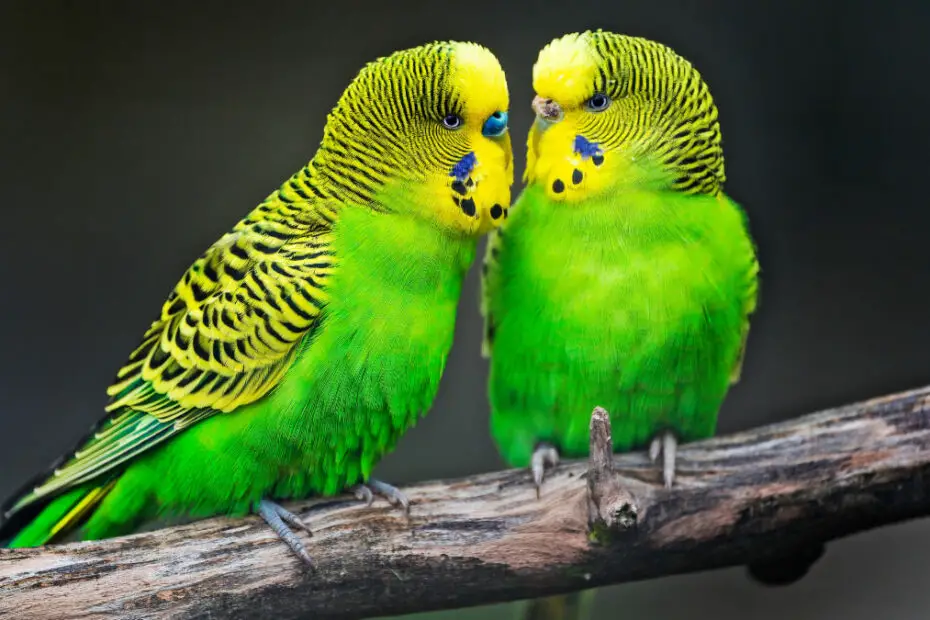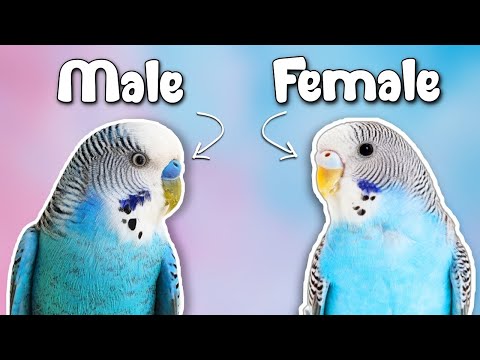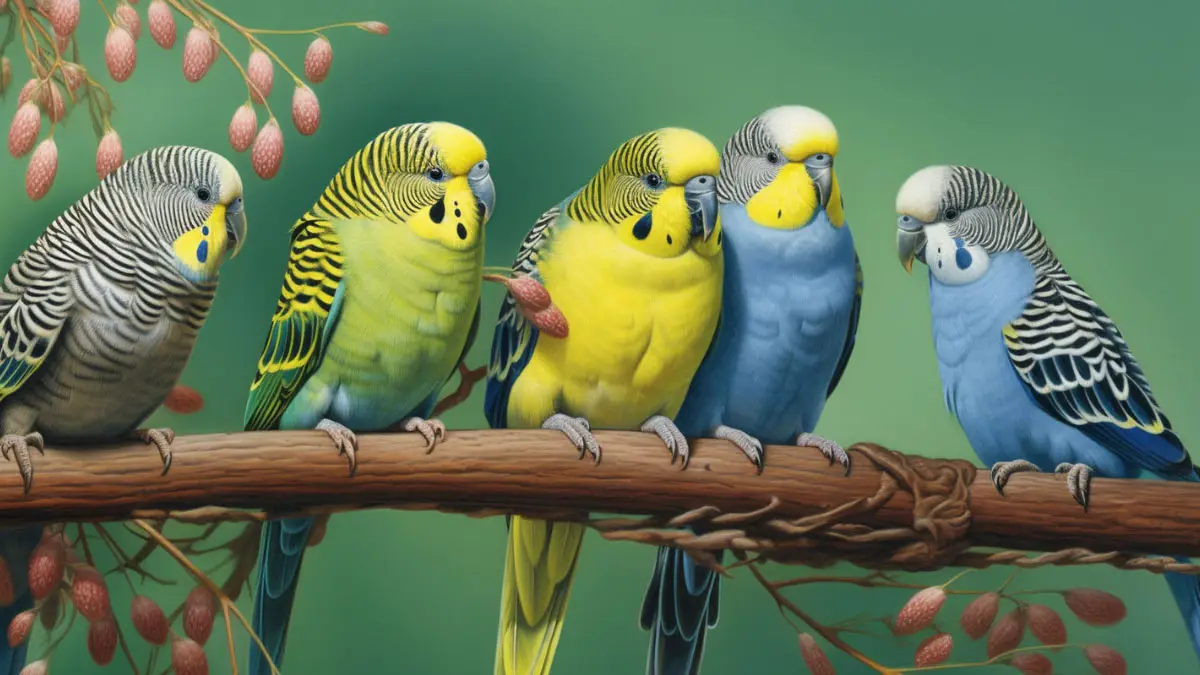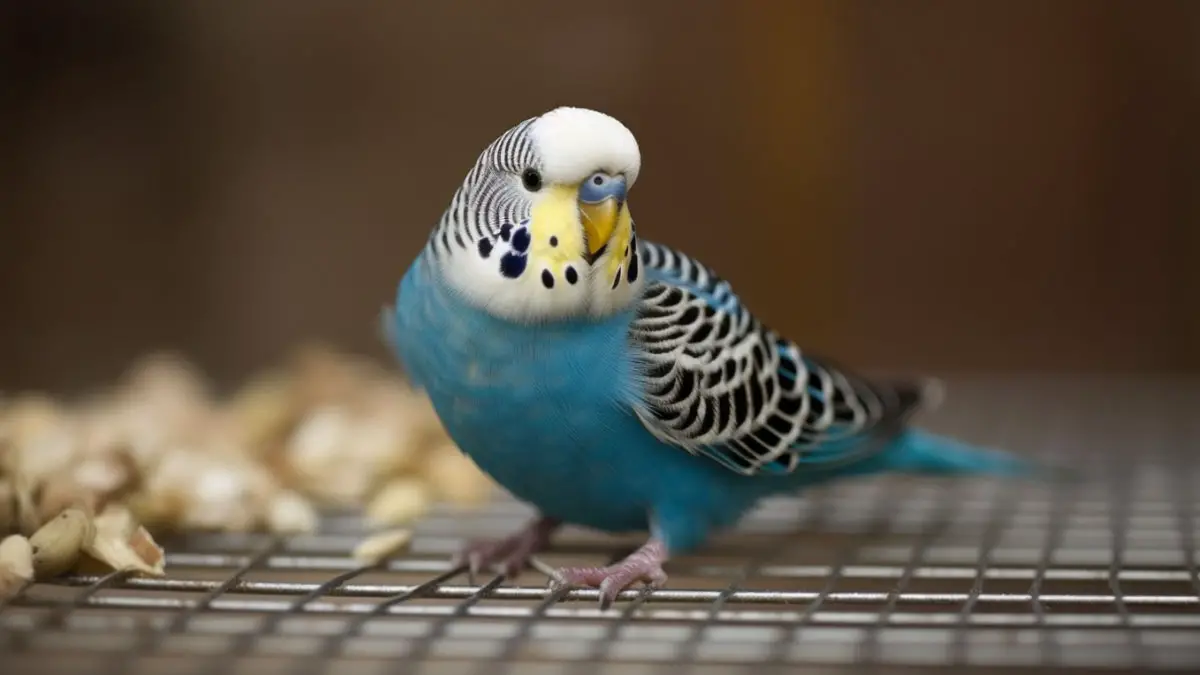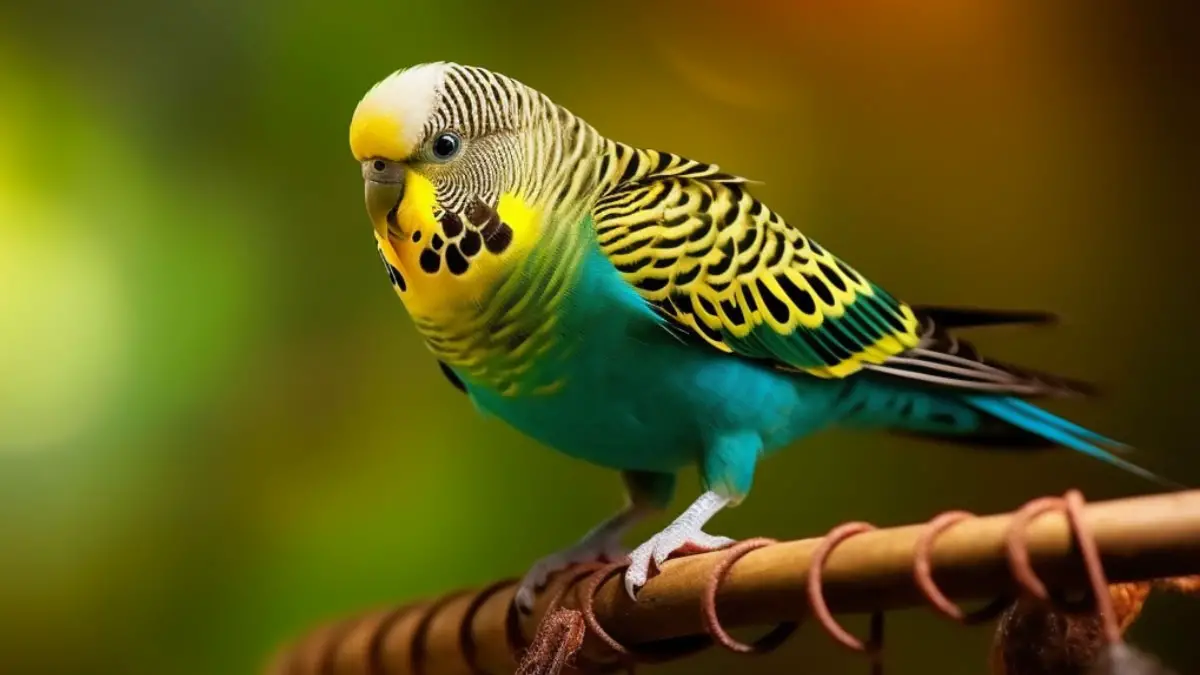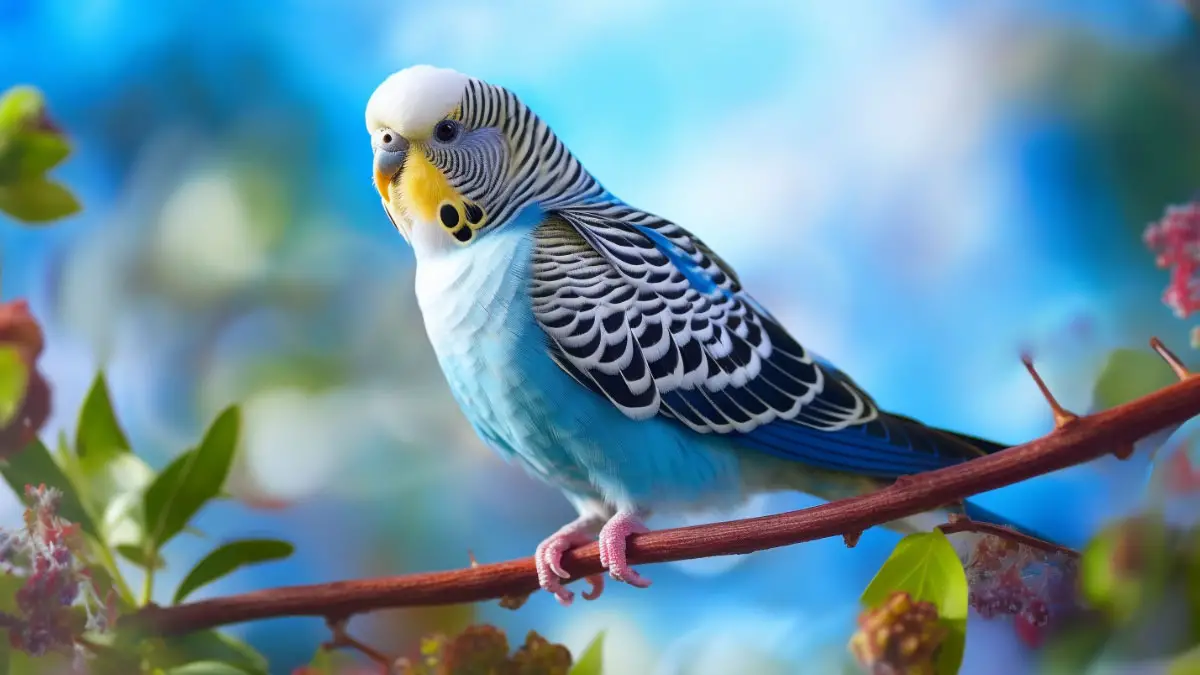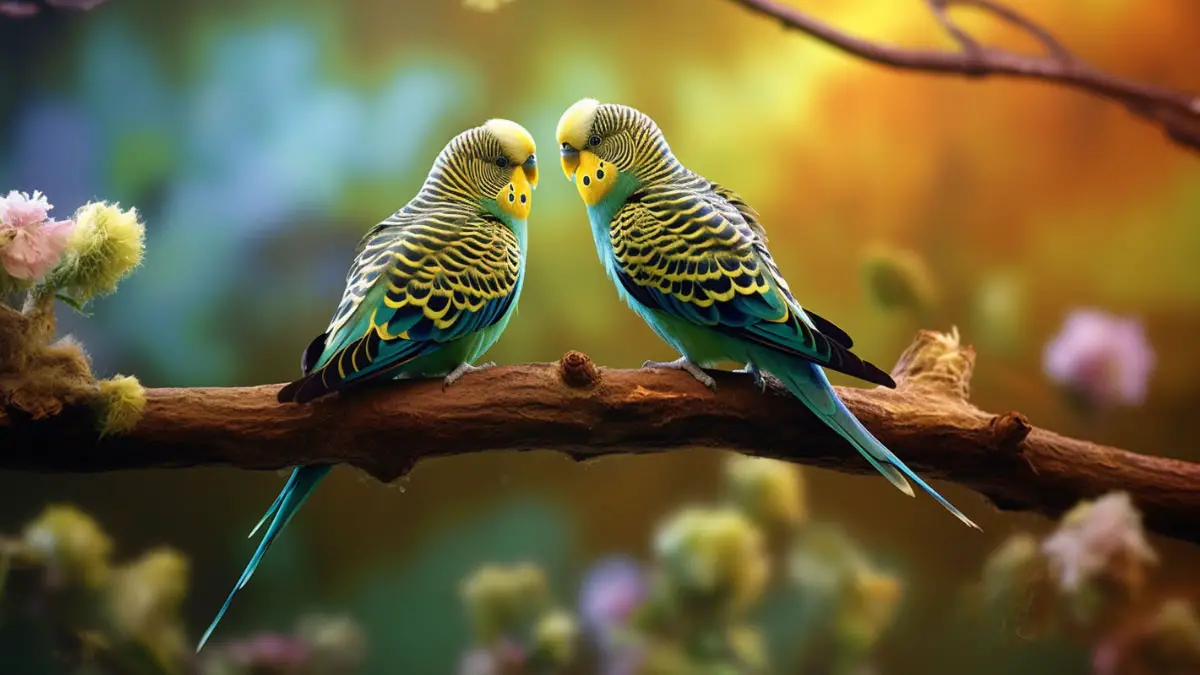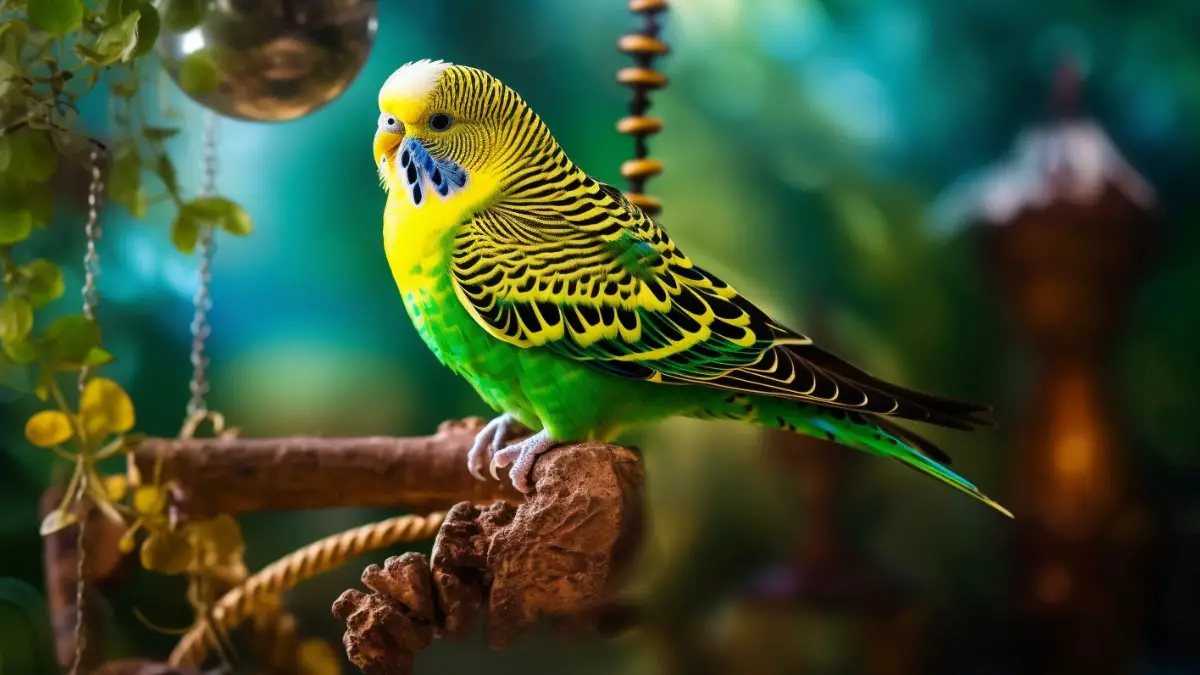Identifying the gender of your budgie is surely an exciting and rewarding experience for you. Nevertheless, we must admit that this task is more critical than it sounds due to the identical contexts between the male and female budgies.
Budgie breeding started in the 1850s in a professional manner. And from that time, for budgie breeders and pet bird stores, knowing the sex of budgies became essential for several reasons. Again, the mutation context of budgies is a concern for bird lovers since 1870.
So how can knowing the gender help your pet? First, knowing the sex of your budgie can help you facilitate better budgie care for issues like reproductive disorders, egg binding, etc.
Second, the interaction patterns of male and female budgies are different, and knowing the sex allows you to take the right actions to interact with them. Third, gender identification is crucial for you if you are interested in avian breeding, it helps you to do the job effectively.
However, this characteristic is not always applicable when it comes to male vs female budgies. To provide you with a detailed guideline to accurately identify your budgie’s gender: we have explored differences in terms of physical, behavioral, etc. Also, we studied several reliable methods to identify a budgie’s gender.
Physical Differences
The answer to how to tell if my budgie is male or female is that you must start with the physical differences. For example; sexual dimorphism, plumage differences, dissimilarities in size and shape, and so on. Let’s explore the budgie identification process in detail.
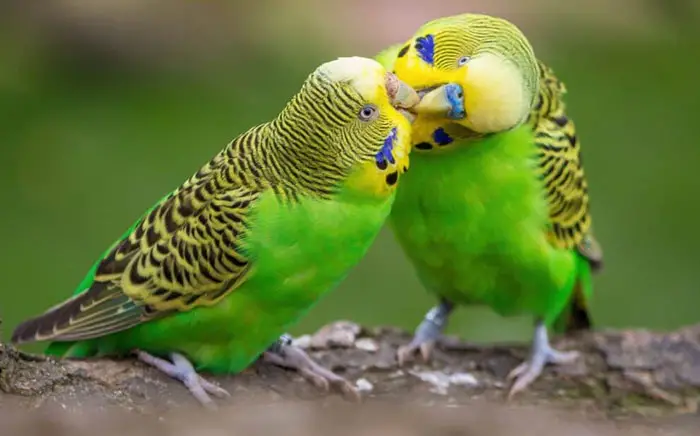
Sexual Dimorphism
In consideration of the sexual dimorphism of budgies, one of the effective ways to identify their sex is the cere. The cere of a male budgie is blue or purple. On the other hand, female budgies have cere’s color that is usually pink, brown, or cream.
Plumage Differences
Well, in the budgie identification process, the associated differences in plumage are also countable. In this case, you can consider the factors mentioned below;
- Male budgies usually have brighter, more vibrant feathers with more vibrant coloring effects than their counterparts. Also, the feathers of a male budgie retain a more pronounced pattern or marking.
- In males, the cheek patches are usually brighter, with a vivid blue or purple color. Conversely, in females, the cheek patches are lighter blue or brownish-pink in color.
However, we must notify you that the cheek patch’s color varies depending on several factors like age, breeding season, hormonal changes, etc.
Body Size And Shape
In the budgie gender differences, body size, and shape matter a lot. If you closely observe, you will see that the male budgies have a slightly larger and more muscular body than the females.
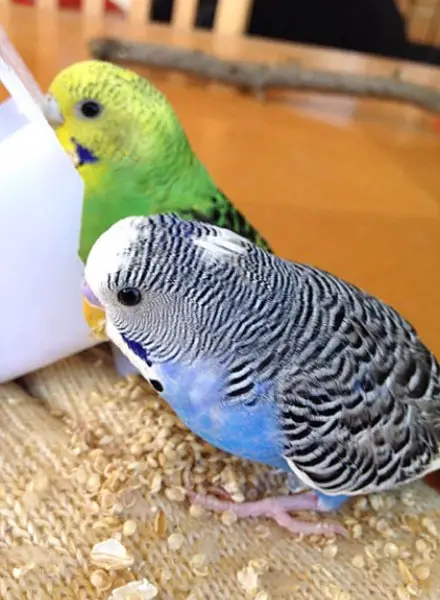
Also, in general, the male budgie’s beak and head are slightly larger than the female’s. In terms of body shaping, female budgies tend to have a more streamlined and slender body shape. Whereas, males have a more compact shape.
Challenges in Identification of Budgie’s Sex
Apart from the similar body structure, the color mutation also makes the task more challenging. As a bird lover, you may know that there are two primary color combinations generally available in budgies: blue and white or yellow and green. In cases of color mutation, a budgie retains a variety of colors.
However, very few of them have only one color. Below are the two most occurring color mutations.
Lutino mutation: In this case, the Lutino gene removes the color of the budgie, leaving it with only a yellow color.
Albino mutation: In this case, the affected budgie becomes white only.
Check this YouTube video to get more details about physical differences in terms of differentiating gender:
Behavioral Differences
Another way to identify whether your budgie is male or female is by understanding the behavioral differences. Let’s dig into the detail.
Vocalizations
Budgie species are known for their chatty and musical natures in terms of vocalization. Both males and females can learn to mimic human speech and other sounds. However, male budgies are slightly more vocal than females.
In particular, males become more noisy during the breeding season; males tend to sing and chirp more frequently to attract a mate.
Traits and Behaviors
As it’s said, males are more outbound than females. They also showcase a slight engagement in territorial behavior and sometimes become aggressive toward other birds.
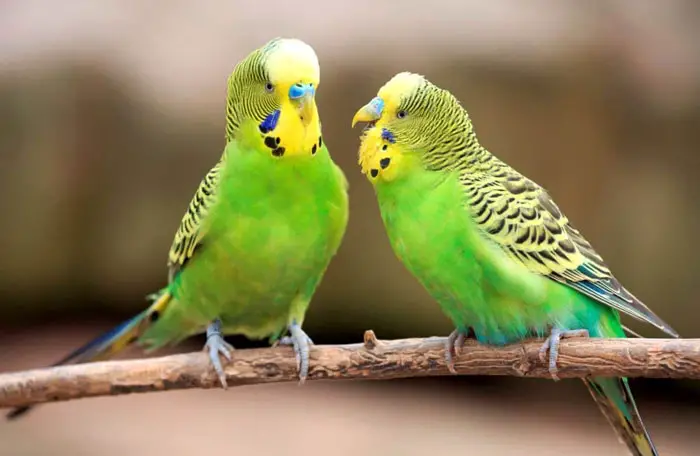
Moreover, male budgies are more inclined to establish bonds with their owners and seek out human interaction.
On the other hand, female budgies are more reserved and independent. They are also less interested in seeking out human interaction or displaying territorial behavior. Lastly, female budgies are highly focused on nesting and breeding behaviors during the breeding season.
Play and Activity Levels
Male and female budgies have different play and activity levels, but individual variations within each gender should also be taken into account. Here are some general observations on male and female budgie behaviors:
Activity levels: Male budgies tend to be more active than females, especially during the breeding season. Males engage in more flying, climbing, and exploring behaviors. On the other hand, females spend more time seated and perched.
Play behavior: Budgies are social birds that enjoy interacting with their owners and toys. Both male and female budgies can engage in playful behaviors. But males are more interested to engage in playful activities, such as playing with toys, singing, and performing acrobatics.
Tips for Determining Budgie Sex Accurately
Below are some other effective solutions in terms of identifying budgie’s gender.
DNA testing: This is the most accurate method for sexing budgies. It involves the bird’s DNA sexing to determine the type of sex chromosomes. In general, this method does not include any surgical needs.
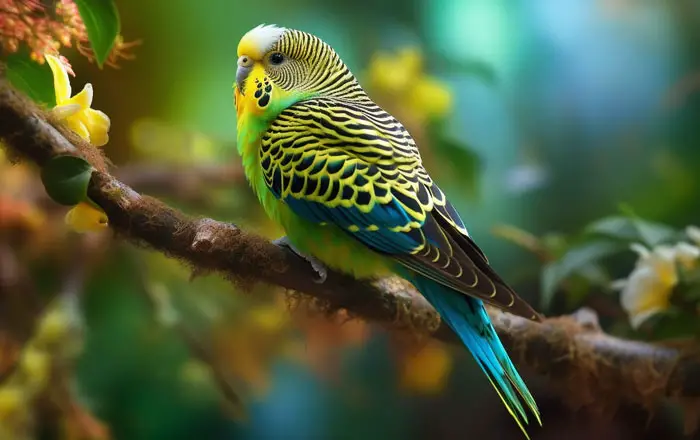
It requires the collection of a blood or feather sample. And the usual testing cost is $19–$23.
Endoscopy: An endoscopy is a surgical approach used by avian veterinarians that involve inserting a small camera into the bird’s cloaca to view the reproductive organs.
However, we do not recommend this, as it may pose a health risk. Still, if you are bound to, consult an expert avian veterinarian first.
However, budgie genetics and sex determination is another option, that is used by pet bird stores. By knowing the parents’ genetics they used to determine the baby bird’s gender.
Common Mistakes in Budgie Sexing
Along with the budgie sexing tips for beginners, you should know the associated mistakes as well. Below is a list of mistakes that most budgie breeders make.
- Solely depends on the cere’s color
- Many people consider that every male is noisier than his counterparts
- Misinterpreting behavioral cues, as some female budgies also show territorial and aggressive behaviors
- Budgie Sexing immature ones may also misguide you in the case of gender identification
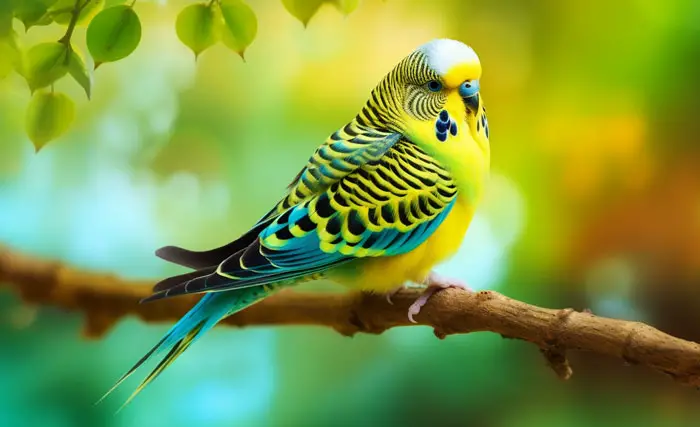
Tips for Sexing Young Budgies
Below are the tips:
- Do not let your budgies go for sex until their age is at least 6 weeks
- Look for subtle differences in cere color: bluish is for males and pinkish is for females
- Put some close observation of the behavioral characteristics
- It is always best to go for DNA testing for confirmation
Frequently Asked Questions
Here, we answer some of the most common questions for you.
Without DNA testing, it will take two to three weeks for the cere color to appear. Then you can determine the gender by seeing the cere color. However, this approach is not completely infallible as there are other factors involved as well.
No, all budgies do not have gender-specific physical and behavioral traits. As an example, certain female budgies can be aggressive, though this trait only applies to males.
The visual methods are not reliable as the behavior and physical characteristics of male and female budgies are often very similar. And the most accurate methods of finding the sex are DNA testing, endoscopy, or the respective bird genetics analysis.
This is a very unusual case. However, if you keep two male or two female budgies together, they may experience only some changes in behavior and physical characteristics.
If you cannot determine the gender of your budgie, you should take it to a vet. Also, you can send the DNA samples to a testing center to determine their sex.
Final Thoughts
In conclusion, determining your budgie’s sex is a difficult task, as the behaviors and physical characteristics of male vs female budgies are not that different.
However, by seeing the cere color, you can get an idea of your budgie’s sex. If the cere color is blue, it is a male, and if the cere color is pink, it is a female. Still, for an accurate outcome, you must go for DNA testing.
However, if you are petting the budgie just for fun, we see there is no need to know its gender. But if you are a bird enthusiast or breeder, or have a long-term plan with this hobby, knowing your budgie’s gender is a must. It will provide you with some in-depth information about bird health issues, pairing for breeding, selecting the best course of care, etc.
Besides, to know more about the gender identification of budgies, we suggest you read “The Budgie Book” by Immanuel Birmelin and “Budgies: A Guide to Caring for Your Parakeet” by Angela Davids. Also, you can join online communities or the local pet birds club.
